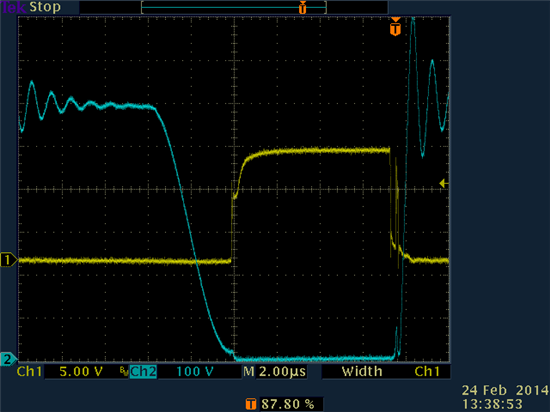When I have done large scale modeling in the past for fix frequency PWM converters I have averaged them over 1 switching cycle to obtain a model that will provide losses of the various parts of the design.
It has been pretty handy for the DC modeling.
For the Variable Quasi-resonate supply, I’m not sure how to model the Large Signal DC, and or small signal model for this type of supply.
I believe the UCC28600 Mosfet Conduction time is Variable, as the load increases the frequency reduces.
The min would be typically 40 KHz possible from the UCC28600.
I’m want to solve for the Primary inductance needed for my application, and understand what the Operating frequency will be between the Min and Max voltage ranges.
I was thinking 100V to 400V.
I think the design approach would be to assume 40 KHz, at Vmin at full load power with me deciding on the Ton /Toff ratio.
Once I have that I can solve for the Inductance.
But if I wanted to model the performance of the supply and its expected frequency due to supply voltage, and load, how do I do that?


